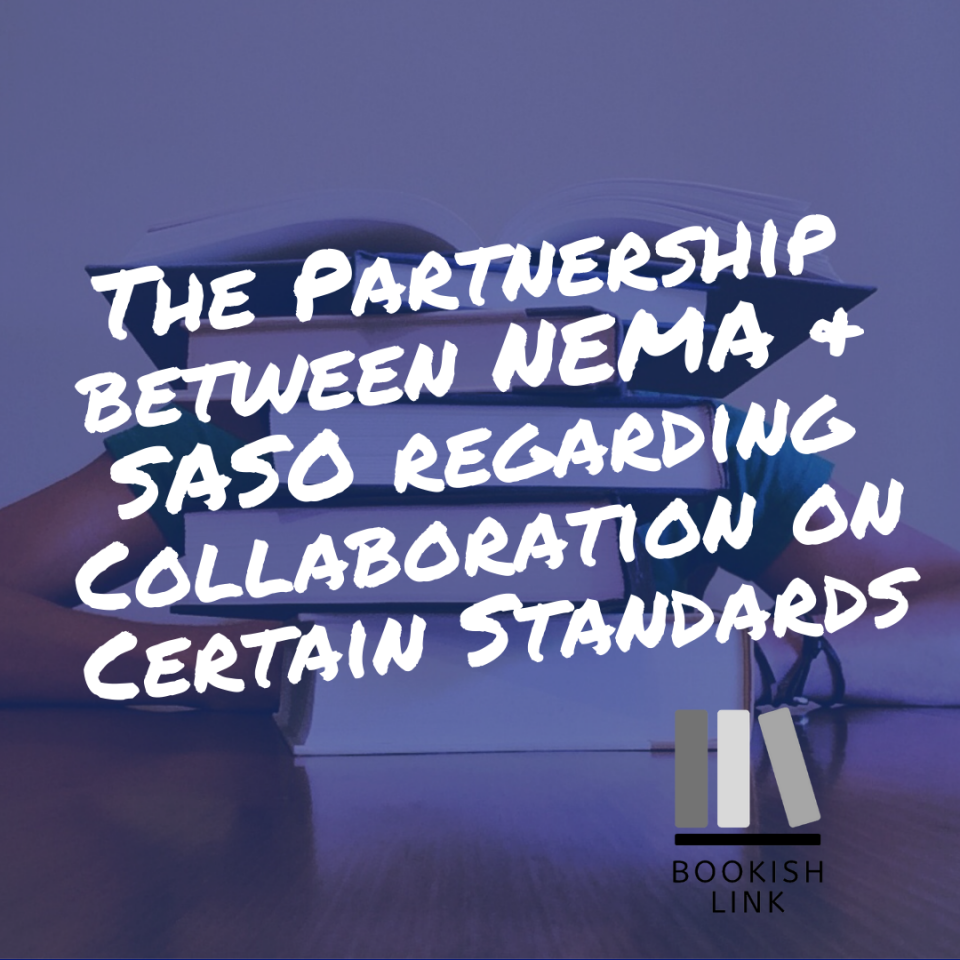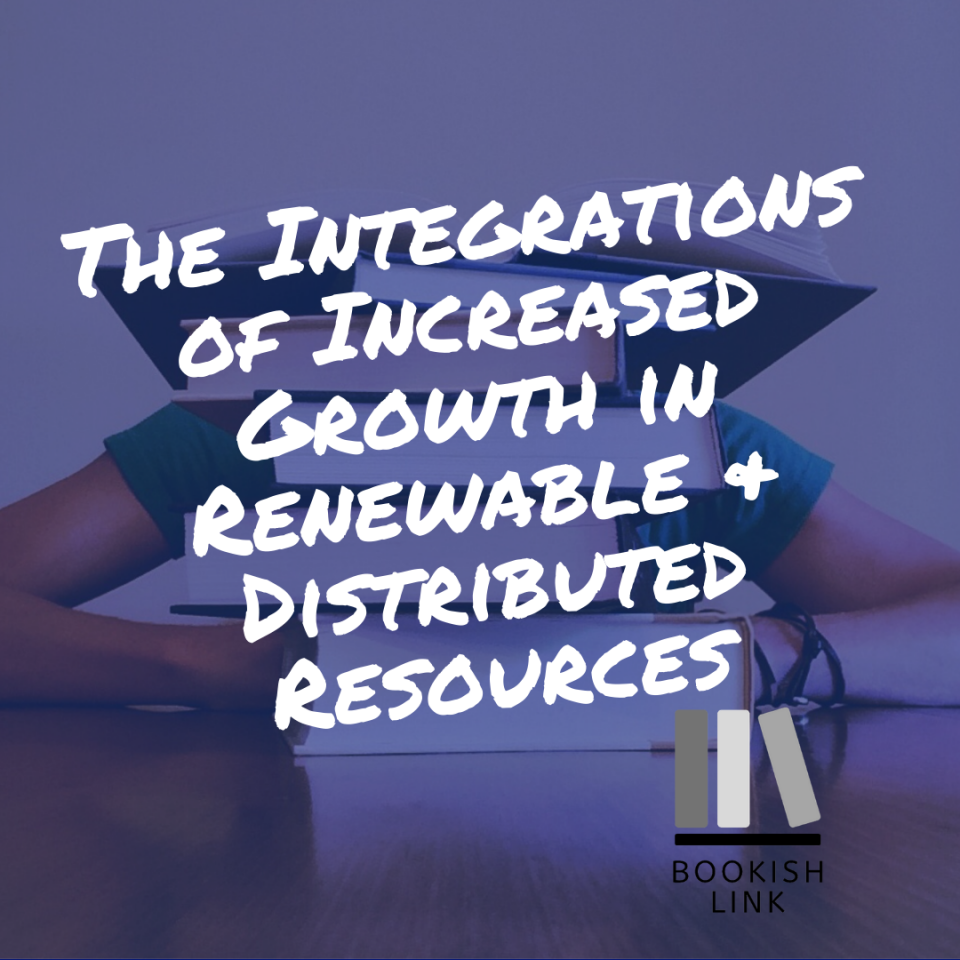Aluminum is one of the widely used material for making electrical enclosures. Its features make it the most dependable material. This is also because of the fact that it is the most abundant metal found in the Earth’s crust and it is used to make numerous products. Specifically, it is also widely used in manufacturing applications. Aluminum is also ideal to make an extruded material. It means that a manufacturing plant can take a material and shape it in a die. Aluminum can be softened and can be molded into any desired shape.
With tis in mind, aluminum can bring several benefits applicable to other manufacturing techniques. This includes its corrosion-resistant, superior strength, high strength-to-weight ratio capabilities. Also aluminum is strong but lightweight. It is not complicated to make it into a one-piece design that will not be hard to replace or even repair. Let us look that the different ways that these characteristics can be utilized in protecting PCB components.
Extruded Aluminum is Applicable to be Used in All Temperatures
In case of extruded material, extruded aluminum performs efficiently in different applications and environments. Naturally, aluminum is UV stable meaning it will still remain its shape even if it is exposed under the sun. It also naturally blocks UV rays and can be helpful in protecting PCB components from harsh sunrays. In this case, some companies offer additional features such as watertight gasket to add a layer of protection for outdoor enclosures.
Extruded Aluminum Prevents Interference
If there is a need to protect equipment from RFI (radio frequency interference) or EMI (electromagnetic interference), aluminum is the perfect material to be used. It naturally absorbs signals and is highly efficient in protecting sensitive internal components. If you will notice, some television or radio antennas are covered in aluminum foil. This helps the antenna to be protected from any unexpected interference.
Aluminum Helps in Protecting Internal Components
If in case companies have sensitive internal components in their equipment, it is a good choice to have aluminum as a material for their enclosure. This metal can naturally protect equipment from UV rays, dust ingress and moisture. Perfect material to be used for outdoor enclosures. For example, the IP66 rated gasket installed in aluminum enclosures helps in giving protection from dust ingress and water ingress caused by jet sprayed water. Alternatively, a grooved exterior design helps in efficient and faster heat dissipation.
Aluminum is Perfect Material in Making Durable PArts
Aluminum is widely used not only for its amazing characteristics, but it also has very good durability. Partnered with other extrusion technique, this makes aluminum increase in strength and have higher damage-resistance compared to roll-form aluminum. Extrusion helps aluminum to have more damage resistant characteristics.
Aluminum Enclosures can be Made with Extra Features
Some companies’ extruded aluminum boxes comes with features that helps them to be more time efficient in using the enclosure. With this in mind, companies can opt to have PCB slots so engineers can easily slide their boards inside the enclosure.






